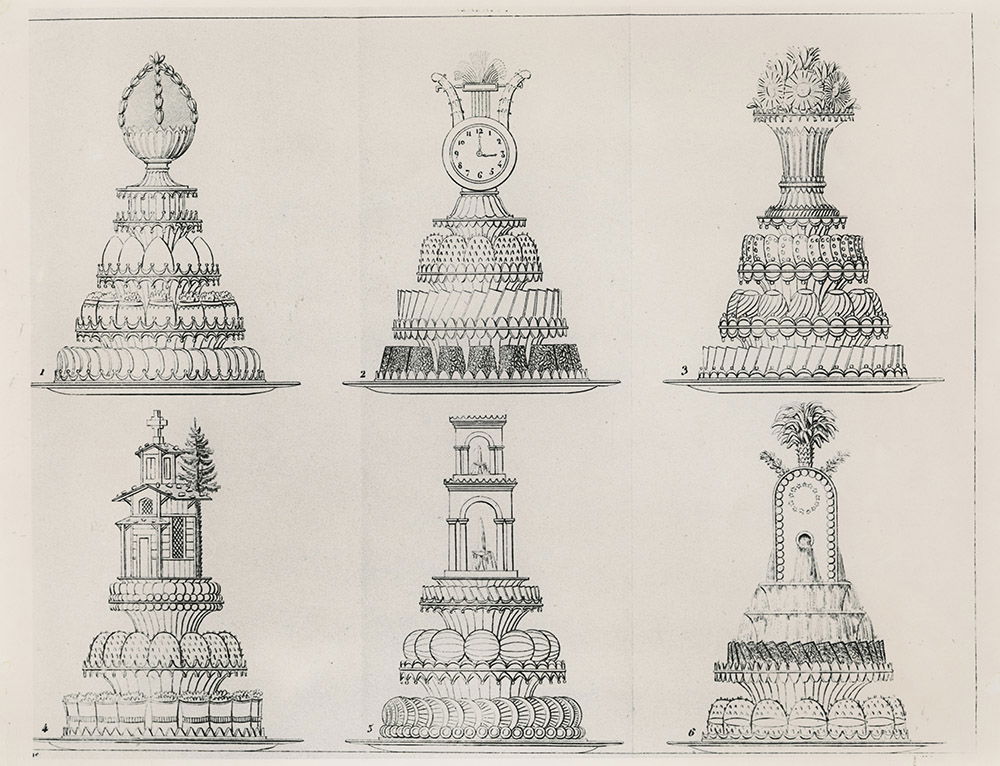Birth of a Pastry Chef - 2 minutes read

‘The fine arts are five in number: painting, music, poetry, sculpture, and architecture – whereof the principal branch is confectionery.’ A bold statement, even for a patissier. But Antonin Carême, chef to the rich and powerful of 19th-century France, was nothing if not ambitious.
Born on 8 June 1783 into great poverty, he started work aged ten in a tavern. By 1804 he was working for Talleyrand, France’s leading statesman. He organised the banquet for Napoleon’s marriage to Marie-Louise of Austria. Later patrons included Tsar Alexander I and the prince regent. Perhaps he can be forgiven the odd grandiloquent comparison between the fame of his own meals and those taken by Alexander at Persepolis, or Mark Antony with Cleopatra.
A prolific writer, he also produced architectural designs for Paris and St Petersburg. But these unrealised plans are arguably less remarkable than his spectacular confectionery constructions: the ruins of Palmyra, a Turkish pavilion, a Venetian gondola.
Carême died in 1833. One theory is that, after decades in poorly ventilated charcoal-burning kitchens, carbon monoxide killed him. His legacy, he thought, was in the patisseries of Paris. ‘Nothing like [them] existed before me and my books,’ he said.
Source: History Today Feed